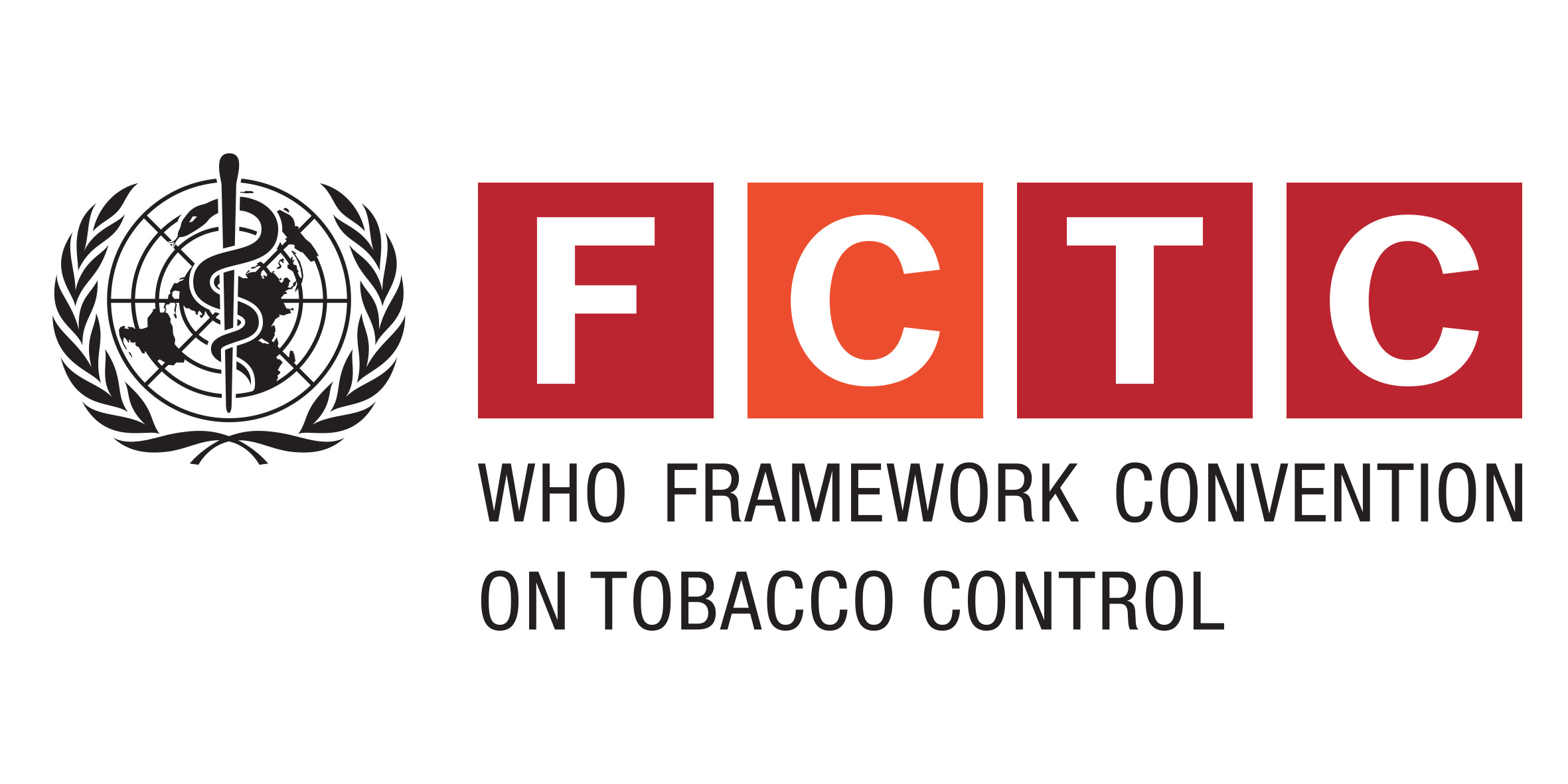Journal Article
Print(0)
The Journal of adolescent health : official publication of the Society for Adolescent Medicine
J.Adolesc.Health
Aug
57
2
179
185
LR: 20160801; CI: Copyright (c) 2015; GR: CA-113710/CA/NCI NIH HHS/United States; GR: R25 CA113710/CA/NCI NIH HHS/United States; JID: 9102136; NIHMS696094; OID: NLM: NIHMS696094; OID: NLM: PMC4515157; OTO: NOTNLM; 2015/02/04 [received]; 2015/03/27 [revise
United States
1879-1972; 1054-139X
PMID: 26115908
eng
Journal Article; Research Support, N.I.H., Extramural; Research Support, Non-U.S. Gov't; IM
10.1016/j.jadohealth.2015.04.002 [doi]
Unknown(0)
26115908
PURPOSE: Although rates of adolescent cigarette use have remained constant or decreased, rates of marijuana and e-cigarette use are rising. Knowledge and perceptions of risks and benefits of tobacco products impact adolescents' decisions to use these products. However, little is known regarding adolescents' knowledge and perceptions of risks of e-cigarettes and marijuana nor how these perceptions are formed. This study uses qualitative techniques to assess and compare adolescents' perceptions of the risks and benefits of cigarettes, e-cigarettes, and marijuana. METHODS: Twenty-four adolescents (nine females and 15 males) from Northern California participated in six small-group discussions. Adolescents were asked what good or bad things might happen from using these products. To assess how perceptions and knowledge of risks and benefits were formed, participants were asked where and from whom they had learned about these products. RESULTS: Adolescents described negative consequences of cigarette use but were much less sure regarding risks of marijuana and e-cigarette use. Conversely, they described few benefits of cigarettes but described a number of benefits of e-cigarette and marijuana use. Adolescents described learning about these products from the media, from family and friends, and from the school environment. CONCLUSIONS: Adolescents have learned from multiple sources about risks of using cigarettes, but they receive much less and often incorrect information regarding marijuana and e-cigarettes, likely resulting in their positive and often ambivalent perceptions of marijuana and e-cigarettes.
Society for Adolescent Health and Medicine. Published by Elsevier Inc
Roditis,M.L., Halpern-Felsher,B.
Center for Tobacco Control Research and Education, University of California, San Francisco, San Francisco, California; Division of Adolescent Medicine, School of Medicine, Stanford University, Palo Alto, California. Electronic address: mroditis@stanford.e
20150623
PMC4515157
http://vp9py7xf3h.search.serialssolutions.com/?charset=utf-8&pmid=26115908
2015

